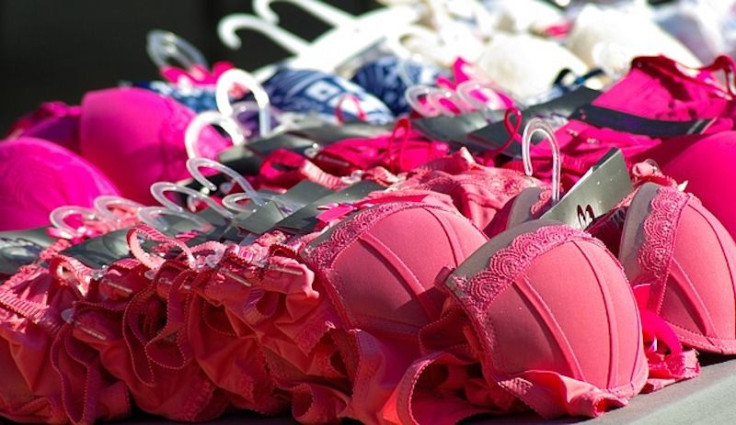Wearing an ill-fitting bra isn't just uncomfortable, it's bad for your health

Wearing the wrong size bra is not only uncomfortable, it can cause a range of health problems. Research has shown that a lack of breast support often leads to breast pain, which is reported by 50% of women. An ill-fitting bra that doesn’t give the right support can also lead to breast skin damage – usually seen as stretch marks, caused by stretching the skin beyond its recovery point.
Ill-fitting bras have also been associated with neck, back and shoulder pain, bad posture, and rubbing and chafing leading to skin abrasions.
We also see ill-fitting bras causing permanent changes to the body, such as deep grooves in the shoulders caused by pressure from the bra shoulder straps. Ill-fitting bras have even been associated with a desire for breast reduction surgery. And with 80% of women wearing a poorly fitting bra, this is potentially a significant problem. In a study that assessed the bra fit of women wanting breast reduction surgery, all were wearing an ill-fitting bra.
The lack of breast support and the difficulty in finding a well-fitting bra has also been linked to a reluctance to exercise, with obvious long-term consequences.
Despite this fairly long list of health implications, millions of women continue to wear ill-fitting bras.
Forget about cup size
In 1935, Warner Brothers incorporated breast volume into bra sizing and the alphabet bra cup size system we use today was launched.
This original bra sizing system went up to a D cup. But since introducing this system, body sizes have changed a lot. Many women now buy a D cup bra or larger. Some bra companies use this same sizing system to make bras up to an N cup.
Bra size is difficult to measure. The accuracy of bra measurement is affected by breathing, posture and how thin you are. Researchers suggest that bra-size measurement should take place over a well-fitted, unpadded and thin bra. But most women are likely to be fitted in a shop while wearing their own bra, regardless of whether or not it fits well.
Bras produced by different manufacturers have inconsistent sizing, as there is no universal size chart or grading method. Unfortunately, bra fitters have varied experience, and there is no agreed level of competency or bra fit qualification.
The bra marketplace can be overwhelming and confusing. But, unlike shoes, breasts change size, shape and position throughout the menstrual cycle and throughout life. So women’s bra size can change regularly. Despite this, there is limited guidance for women to assess their own bra fit.
Our research team works with most of the lingerie companies around the world to offer a scientific, evidence-based approach to bra development. We use 3D scanners and biomechanical technology to understand bra fit.
Our approach to bra fitting is not to rely on the tape measure to establish bra size, but to educate women and give them the power to assess their own bra fit. We have used our 13 years of experience in breast and bra science to develop an evidence-based bra fit video to help women forget about bra size and focus on the five simple steps to a good fit.
This simple checklist could help millions of women avoid bra-related health problems, and it’s as simple as forgetting your ABC.
Joanna Wakefield-Scurr, Professor of Biomechanics, University of Portsmouth
This article was originally published on The Conversation. Read the original article.




















